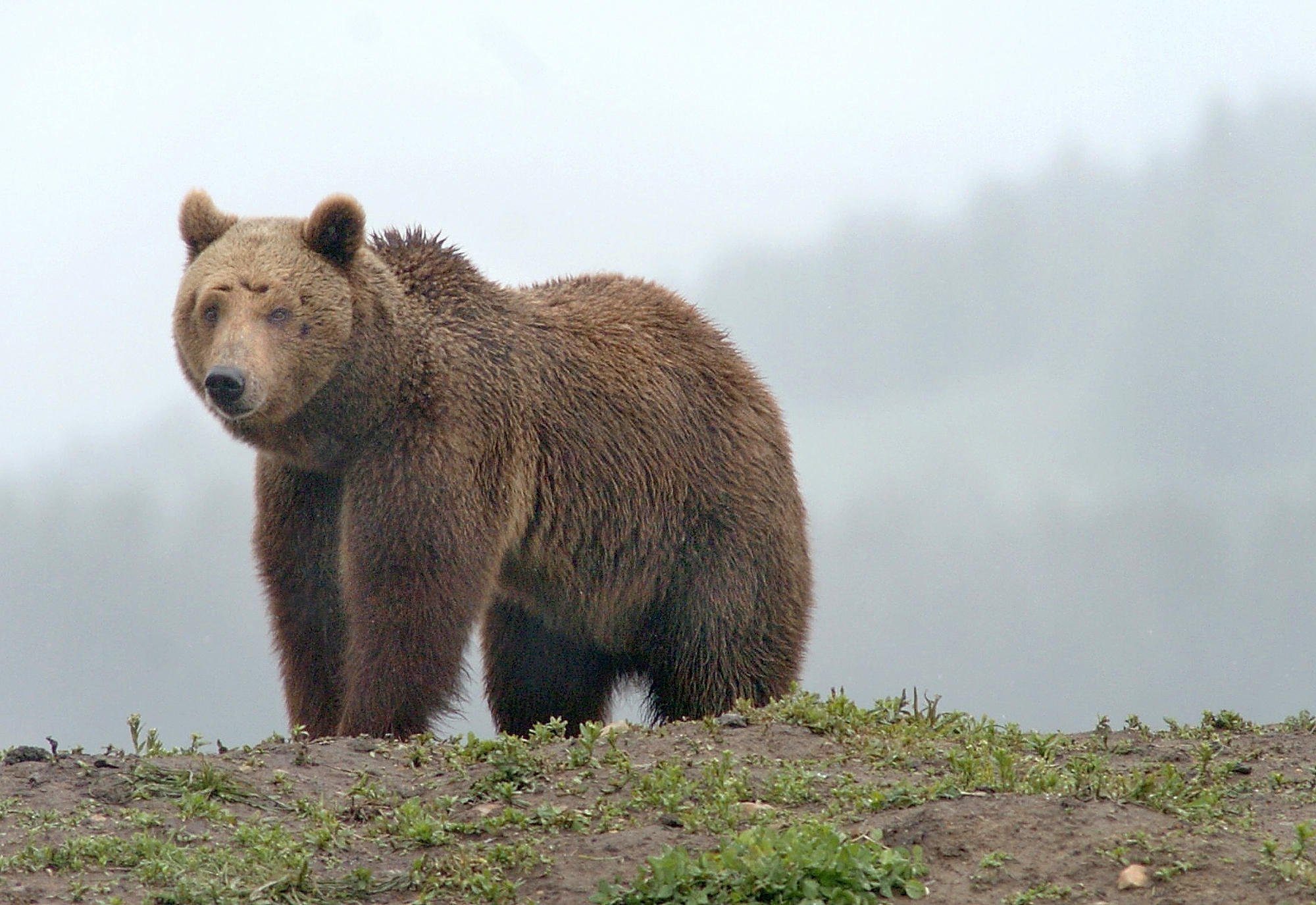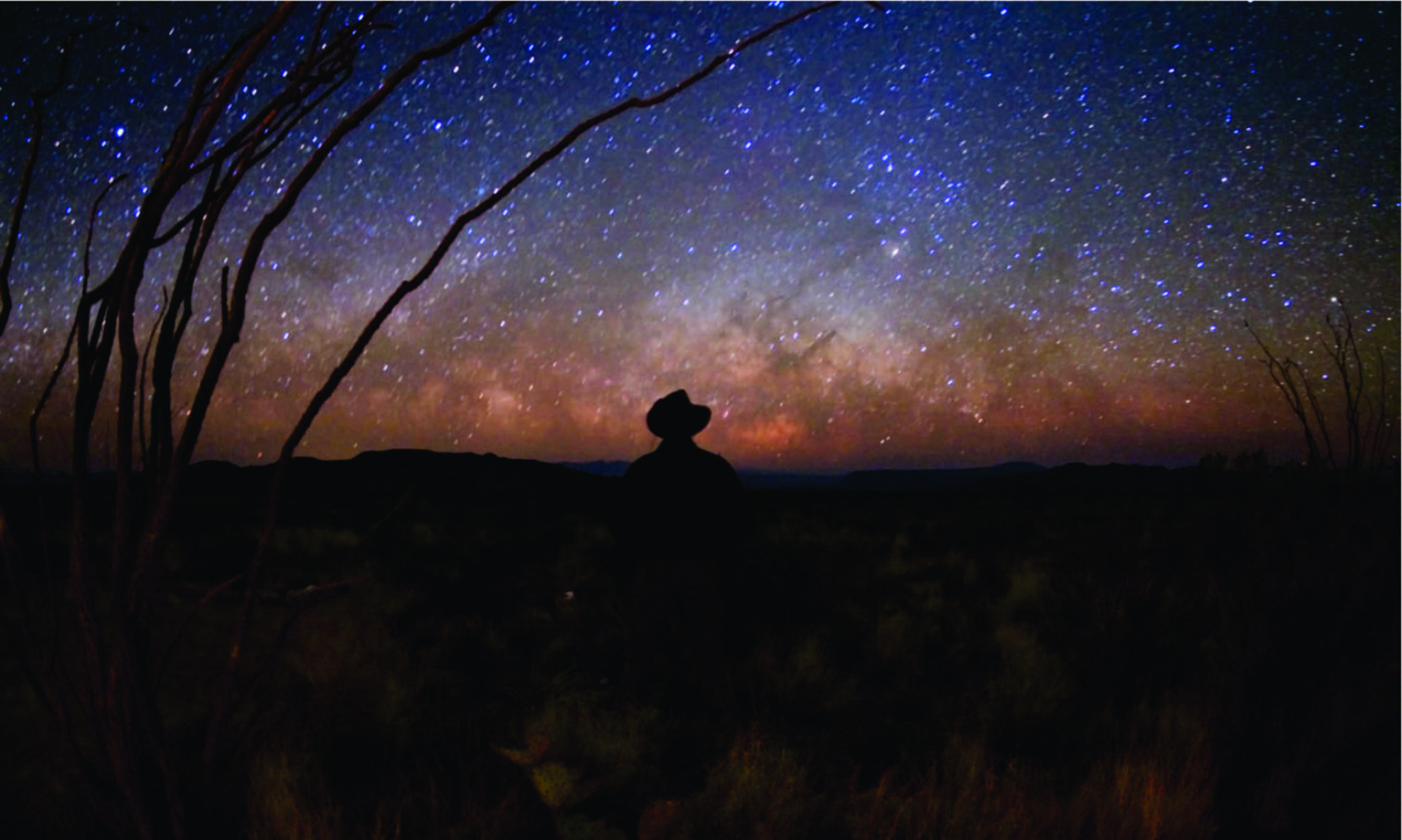
Mapping Texas’ Fraught Environmental History
A new atlas of Texas ecology reveals how thoroughly humans have woven ourselves into the geography of the state, for good and for ill.
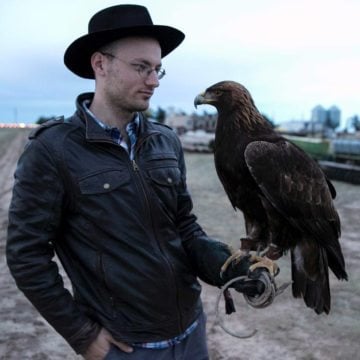
The first time I saw the Big Thicket National Preserve, I lost myself in it. It was 2014 and I was moving back to Texas for the first time in almost a decade. I’d detoured off the highway to visit a landscape that had long fascinated me: the remnants of the vast temperate jungles that once dominated the eastern edge of the state. Once a haven for rare animals, backwoods folk, Native Americans and runaway slaves, the forests had been carved up in a wave of settlement and industry over the last century. But as I walked out into the tangle of trees, the thicket washed over me in an overwhelming cascade of branches, twigs and trunks. If you’d asked me then, I might have told you that the forest went on forever.
It’s an impression I’ve often had in Texas, driving along prairies as an adult or wandering the creeks of Plano as a child — that the wilderness is an endless tapestry, even when it’s squeezed between buildings and powerlines. I lose myself in the details — crumbled fronds, the flitting of birds, water on rock. But viewed from above, these wildernesses are hard-won slivers or overlooked margins of otherwise developed landscapes. The Big Thicket National Preserve was only created after a decades-long fight among politicians, businessmen, developers and activists. The combatants argued about the extent of park boundaries, the location of private land, and even the historical extent of the thicket itself. Wildness in Texas exists in a perpetual conflict of competing cartographies, where the goal of conserving ecosystems and waterways clashes with industry, urbanization and private property.
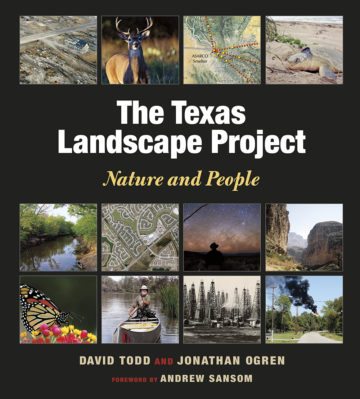
By David Todd and Jonathen Ogren
TEXAS A&M UNIVERSITY PRESS
520 PAGES; $45.00 Texas A&M University Press
Those boundary lines are the focus of The Texas Landscape Project: Nature and People, an incisive atlas assembled by David Todd of the Conservation History Association of Texas and cartographer Jonathan Ogren. Published by the Texas A&M University Press, the book is a product of the Conservation History Association of Texas, a nonprofit that documents the history of conservation statewide. With over 300 maps, the atlas is a detailed survey of Texas’ ecological challenges. Sections focus on topics such as the colonias of the Rio Grande Valley, wildlife management cooperatives in the Hill Country and flooded ruins of Falcon Lake.
The Texas Landscape Project is an exercise in visual storytelling, mixing historical and aerial photographs with geographical charts, all of which provide simple and visceral indicators of the sheer amount of change that has occurred across the state. Take, for example, the vast Texas prairies. It’s easy to say that they covered a huge amount of ground. It takes a map from the book to demonstrate how vast: fat bands of yellow and olive green stretch across the state, the ghosts of grasslands lost to intensive grazing, farming and invasive species. Such a map also holds unexpected surprises: Some of the densest areas of surviving prairie habitat lie in the Dallas-Fort Worth metroplex, secreted away in cemeteries and other out-of-the way places.
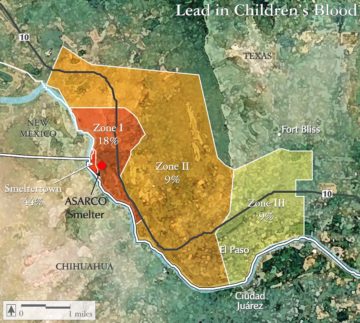
While the maps track movement in habitat ranges and park borders, they’re also a canvass for more abstract data. One chapter focuses on West Texas’ Smeltertown, a company settlement where lead pollution led to widespread contamination in soils and in children’s bloodstreams. These concentrations are plotted in paired maps, one of which tracks the amounts of lead found in children’s blood around El Paso, an assortment of blocks shading from light yellow (9 percent) to orange (18 percent) and deep red (44 percent). At a glance, it’s easy to see not just the extent of the pollution, but also the direction of the winds carrying it. One map is dotted with huge, angry red swaths around the D/FW Metroplex and Houston, each marking counties where air quality fails to meet federal guidelines. “In particularly stark terms,” the authors write, “over one-half of the state’s population breathes air that the US government considers unsafe.”
If the close view can be limiting, maps can also have the opposite problem: losing the complex local details and experiences of people on the ground. Thankfully, The Texas Landscape Project avoids this issue by including plenty of historical context. The book traces the complex and individual fights over private property, industrial pollution and conservation in detail. These write-ups are accessible to those without a deep background in state history or environmental science.
However, the flow of ideas in specific articles is occasionally a bit disjointed, the apparent result of the authors attempting to maintain strict objectivity around various environmental proposals. The result is a whiplash-inducing transition between contradictory ideas: A discussion of dwindling groundwater sits a few paragraphs away from a blithe observation that widespread groundwater pumping might provide a lower-cost alternative to installing new dams. While the desire not to recommend specific policies is understandable, it’s not always clear where expert opinion currently lies. Frustratingly, the authors sometimes make claims — for example, “Many Texans are installing cisterns and rain barrels for gardening” — without providing numbers or an explanation for their absence.
What this books makes clear is just how thoroughly humans have woven ourselves into the geography of the state, for good and for ill. The sheer abundance of land in Texas fueled a frenzy of development and environmental destruction, one that has not yet abated. There is almost no land in Texas — only 4.2 percent of the state’s acreage — that is not claimed either for settlement or industry. The prairies with their many species of grass and insect are largely gone. Pollution from fracking threatens groundwater in swaths of Texas. Greater challenges are coming as well: The disruption of global climate patterns seems likely to yield more intense droughts and flooding. Everything in Texas is part of the landscape, and many of our questions must be environmental questions.
The scientist and scholar Alfred Korzybski once famously remarked that “the map is not the territory.” We can lose sight of the essential nature of something, he wrote, by focusing on an abstraction. But now when I think about that fleeting visit to the Big Thicket or those long-ago rambles along the creeks, I think the reverse is true as well: The territory is an infinite world of detail and complexity, something you can only make sense of through abstractions. It’s easy to miss the lack of forest for the trees.
[Featured image courtesy of Texas A&M University Press]


